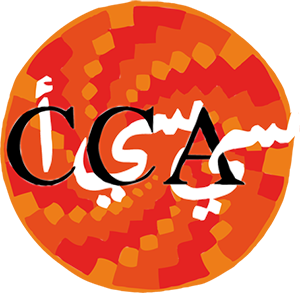About this publication
In: ICCM International Committee for the Conservation of the Mosaic, Newsletter 11. Rome: CCA. 16-23
In the course of a few decades, the discipline of conservation of archaeological mosaics has matured quickly: from detachment and transport to museums and storerooms (done systematically as the only form of safeguard), it has arrived at the theoretical and methodological formulation of in situ conservation, flanked by the development of an approach for damage control. Today, conservation in situ is no longer an experimental field but a well-developed discipline, with a wide range of application, good practice and solid technique. Intervention methods such as detachment and removal of artifacts from the site are seen as urgent remedies to be used, after careful evaluation, only in cases where the risk of loss or destruction cannot otherwise be avoided (risks from theft, urbanization, road works) and when in situ consolidation and conservation have been shown to be ineffective. This paper trace the evolution towards in situ conservation and the application of methodologies infused with respect for history and the nature of the components, with minimum interventions and preventive conservation through various restoration charters, international recommendations and in the professional literature.
Author(s): Nardi, R. and Zizola, C.
Year Published: 2001
Language / Translations: English
